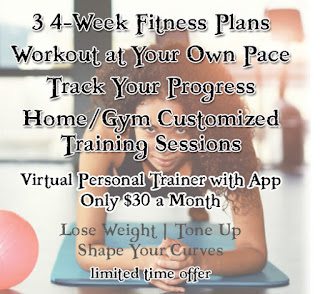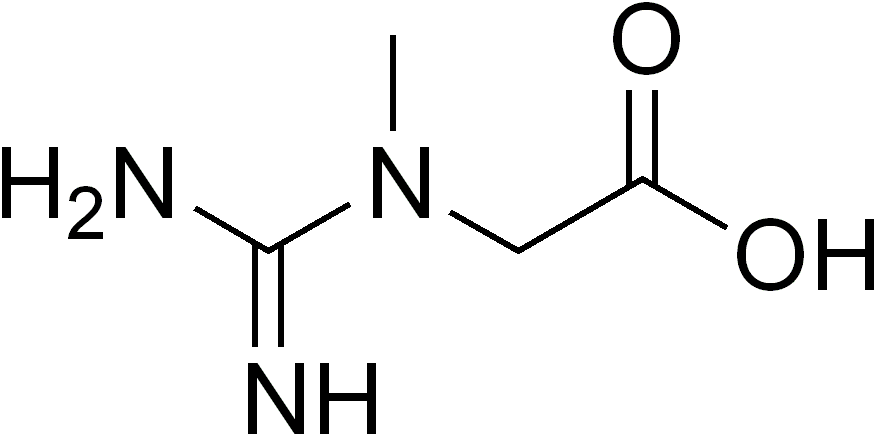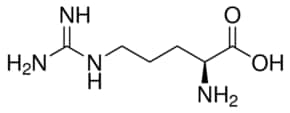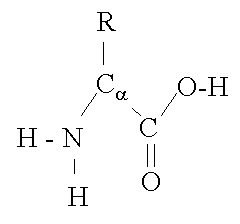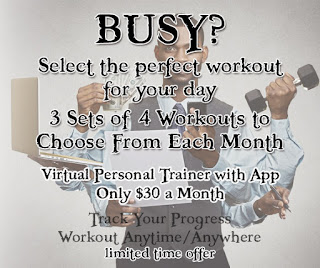Get That Booty Poppin'
Having a more round, perky and bigger butt is something you can achieve when you understand how it works and what to work. But first, here's what doesn't work:
- Hope:
Anyway...
Back to the booty. Look at this:
These are the muscles that make up the shape of your "butt." They include the gluteus minimus, medius, and maximus, the quadraceps and the hamstrings. These are all muscles - which means if you train them and feed them, they will grow. That is the fundamental dynamics of developing a fitness plan. When we look closer at how the gluteal muscles connect to the skeleton and what they actually do for the body:
You can see that in order to sculpt the type of shape that really develops the curve of the butt, your training plan has to include movements that stretch and contract the various muscles that compose this group. This brings us to "planes of motion."
Here's the short of it:
The sagital plane is movement forward and backward, like a lunge or a bicep curl.
The frontal plane is abduction/adduction, like a jumping jack
The traverse plane is rotational movement, like a russian twist.
Now look at the gluteal muscles again. Notice how the majority of them are angled? This means that in order to train them effectively, you have to combine sagital movements with frontal movements.
So, BOOM!!!
Let's get to the exercises you can do to sculpt your butt and get it poppin'!
Remember, the key here is to stretch and contract the muscle group for maximum results.
Let's start with compound movements:
Bulgarian Split Squat:
More than barbell squats, this exercise isolates and stretches the glutes, quads and hamstrings. It also engages your stablizer muscles to help keep you balanced throughout the movements.
Lateral Lunges:
Here we go with the frontal plane movements. This is a simple and effective movement that works both your abductors (muscles that pull your legs apart) and adductors (muscles that bring your legs together). Modify this movement by adding weights when you are comfortable.Curtsey Lunges:
This movement helps target the hip adductors to make sure you are getting balanced muscular development.
Deadlifts:
Lateral Step Ups:
You can see how, like the bulgarian split squat, this movement isolates the muscle groups for each leg, making the movement more effective - really reinforcing the stretch and contract mechanism for maximum results.
Glute Bridge:
This movement engages the quads, the core, the hamstrings, and the glutes. Performed correctly, it is great for reinforcing your posture and toning and sculpting your legs and butt.
Romanian Deadlifts:
Unlike traditional deadlifts, these are performed starting in the upright position and hip-hinging to engage the hamstrings and then using the lower back and the glutes to return to the upright position. Move slow and intentional so that you can feel your muscles being activated.
Good Mornings:
Another great exercise for the hamstrings, glutes and lower back.
Pendulum Planks:
This is a great frontal plane movement for your abductors and adductors that also engages your core.
With the basic understanding of what muscles you are targeting and how to get the most out of them, you are off to a great start.














